Ours is a long and distinguished history extending over 500 years, which affords a glorious tapestry of unique and singular character. The choir school model is a very special one, and, although many pupils will not be choristers, the rigours of that tradition are deeply embedded in our approach to all that we do. Standards are high and children are supported in achieving their goals in sport, art, drama and music, alongside their academic progress.
Timeline
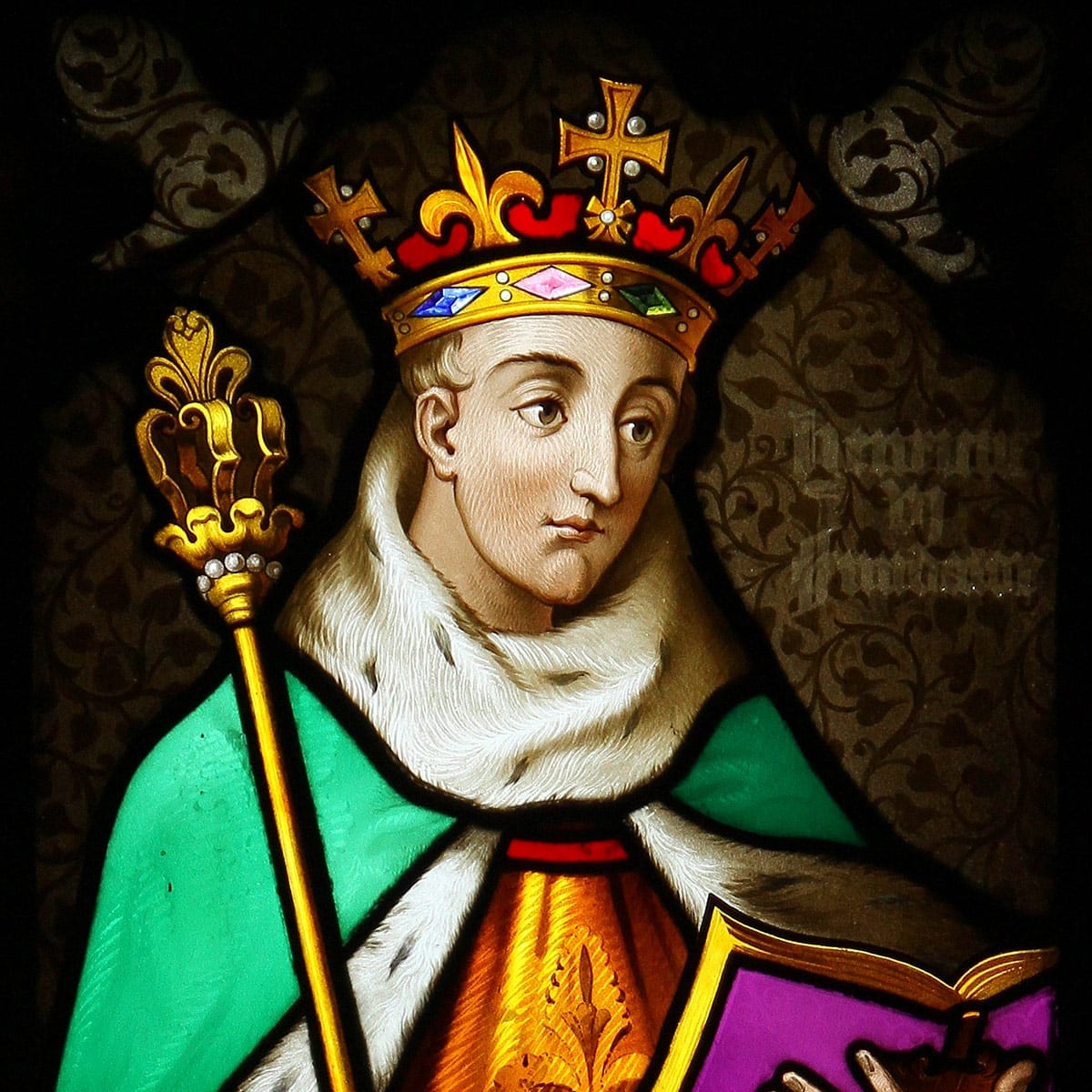
1421
6 December – Birth of King Henry VI, founder of King’s College, Cambridge and of its choir school
1440
11 October – Charter of Foundation for Eton College
1441
12 February – King’s College founded by King Henry VI
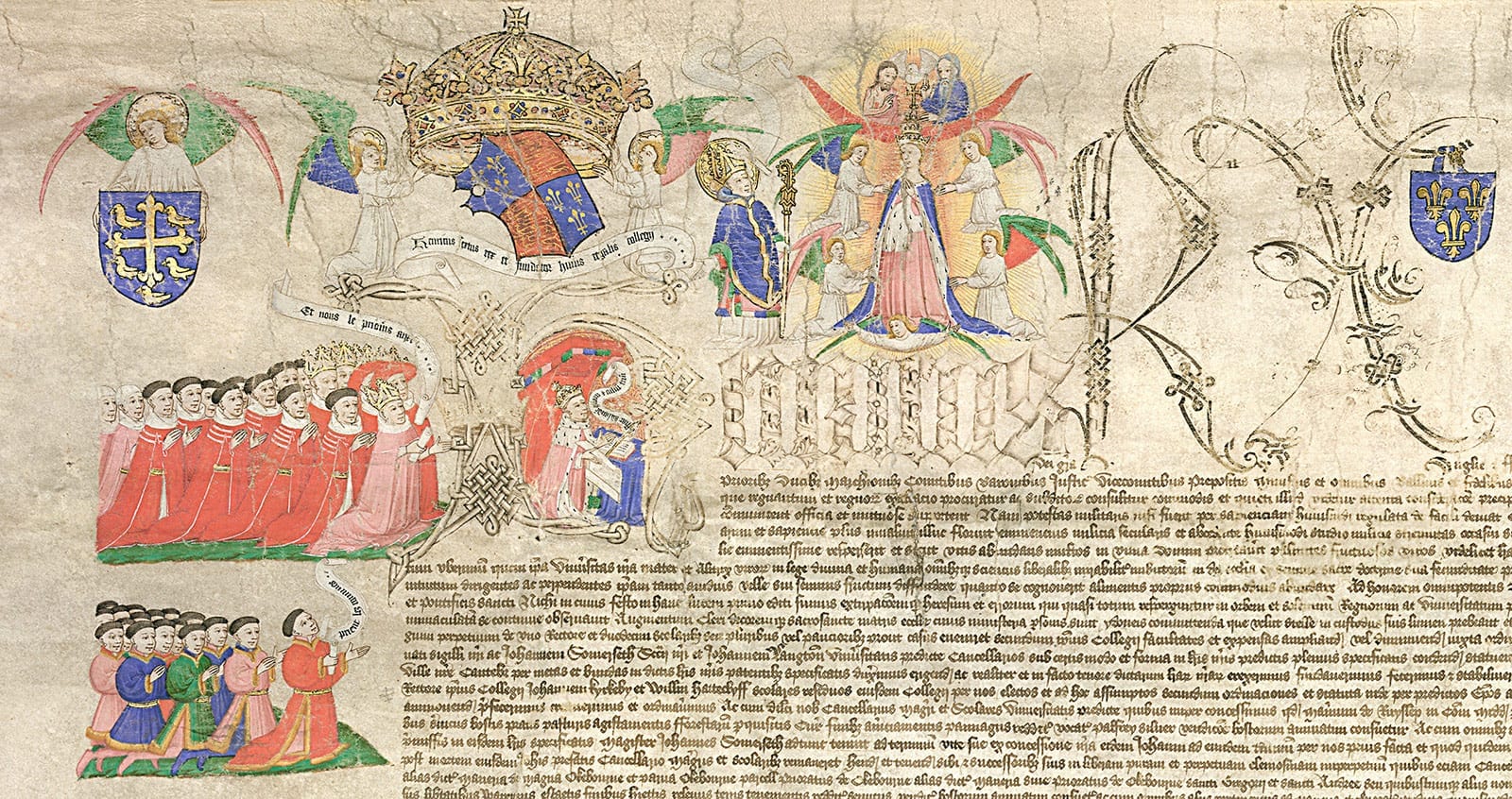
1446
25 July – Foundation stone of Chapel laid
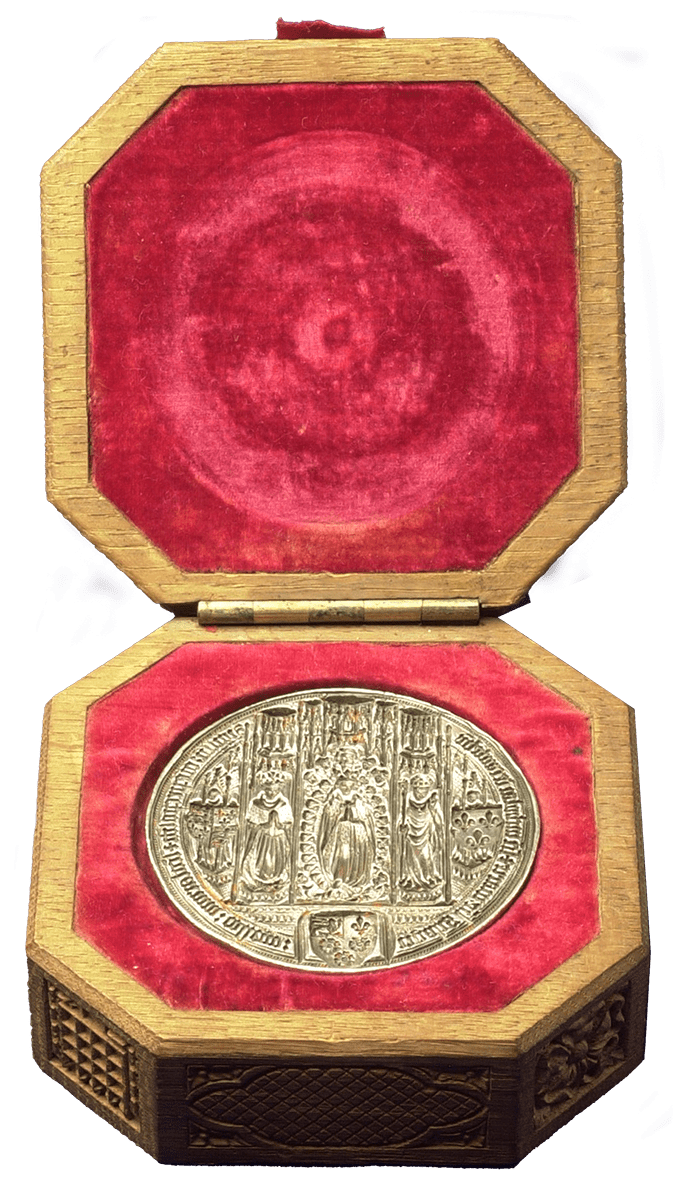
1447
Full complement of 16 choristers had been recruited to sing in the chapel. They were likely educated by a Fellow until the appointment of the first Informator Chorustarum (Master over the Choristers) in 1456, Robert Brantham. The existence of dedicated school rooms was recorded during a Marian visitation of the University in 1557, which inspected the “chorusters chamber and schole”, and took away a number of books deemed to be unsuitable.
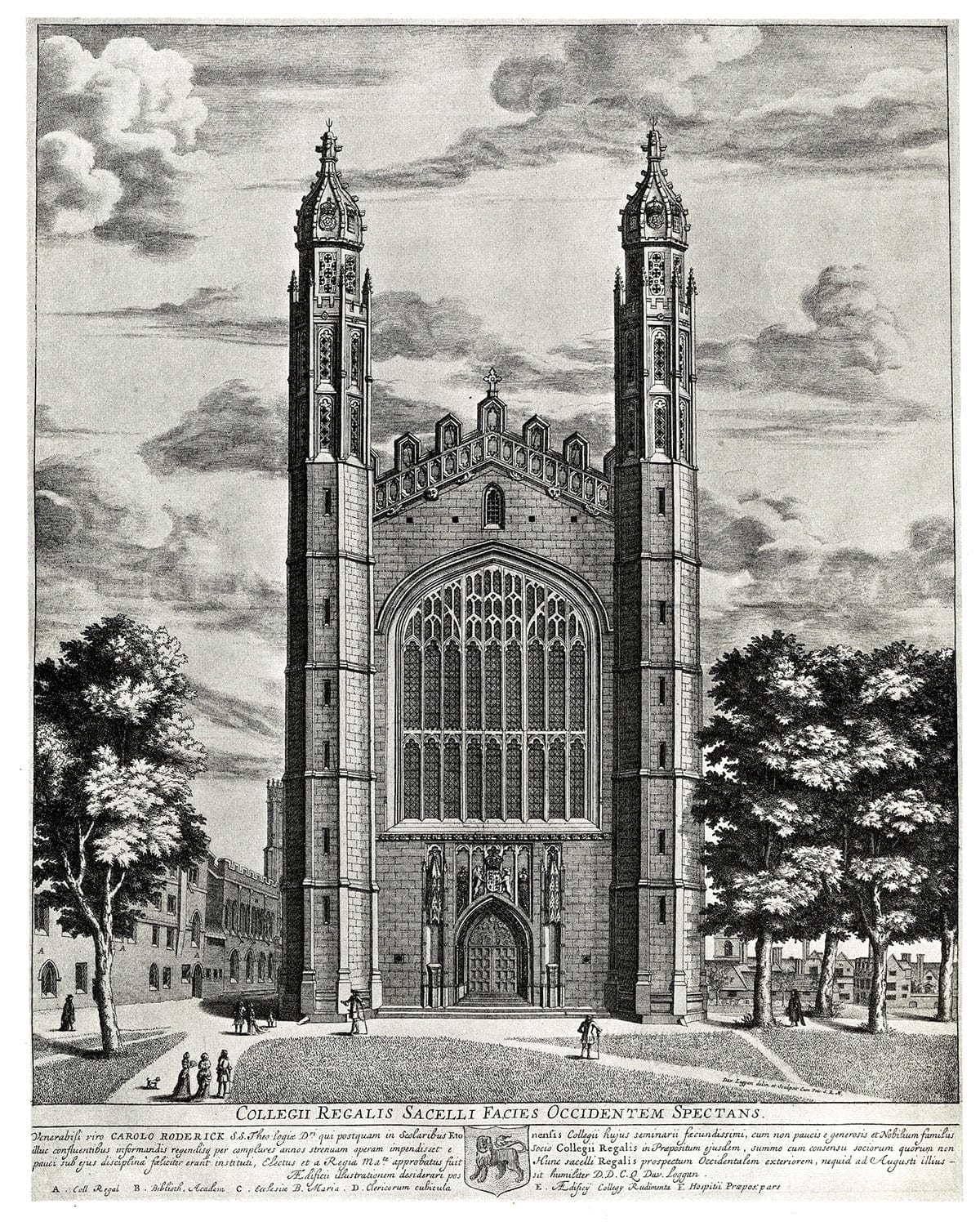
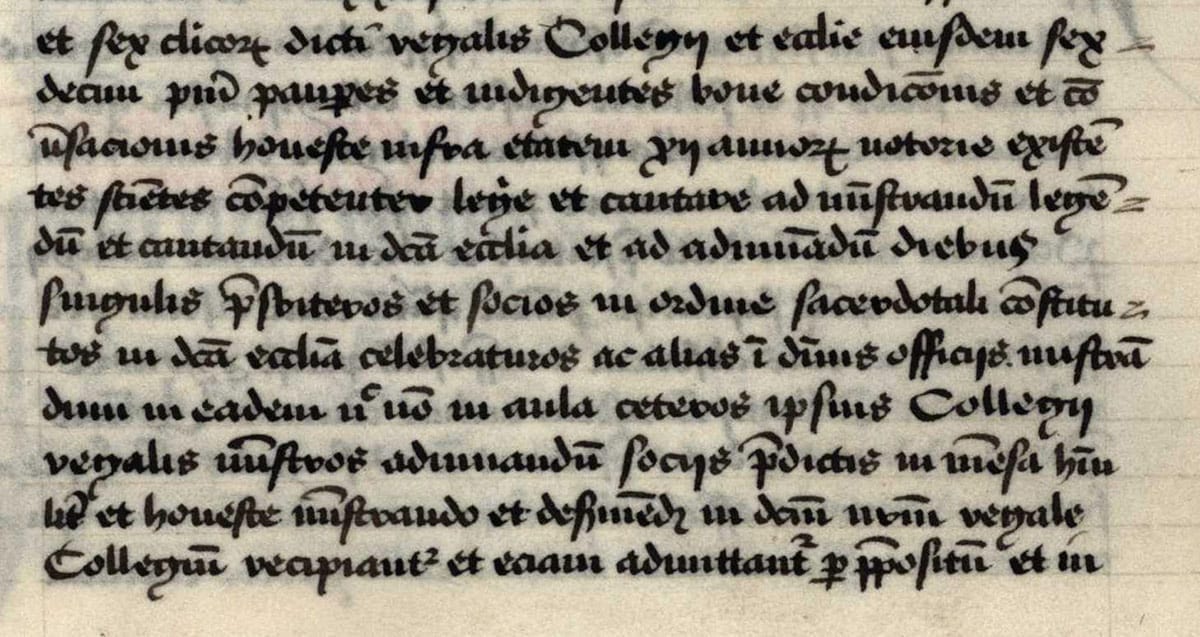
c.1450
The College Statutes stipulate that the College would consist of a Provost, seventy fellows and scholars, and a choir composed of ten secular chaplains, six stipendiary lay clerks (or ‘singing-men’) and sixteen choristers.
Henry VI specified that the choristers were to be poor boys, of strong constitution and of ‘honest conversation’. They had to be under twelve years of age when admitted, and able to read and sing. In addition to their choral duties, singing daily Matins, Mass and Vespers, they were to wait at table in Hall.
1455
First Battle of St Albans: Wars of the Roses
1456
The earliest record of a permanent schoolmaster, Robert Brantham, a former Eton and King’s scholar, held the post of Master over the Choristers, as well as singing in the Choir.
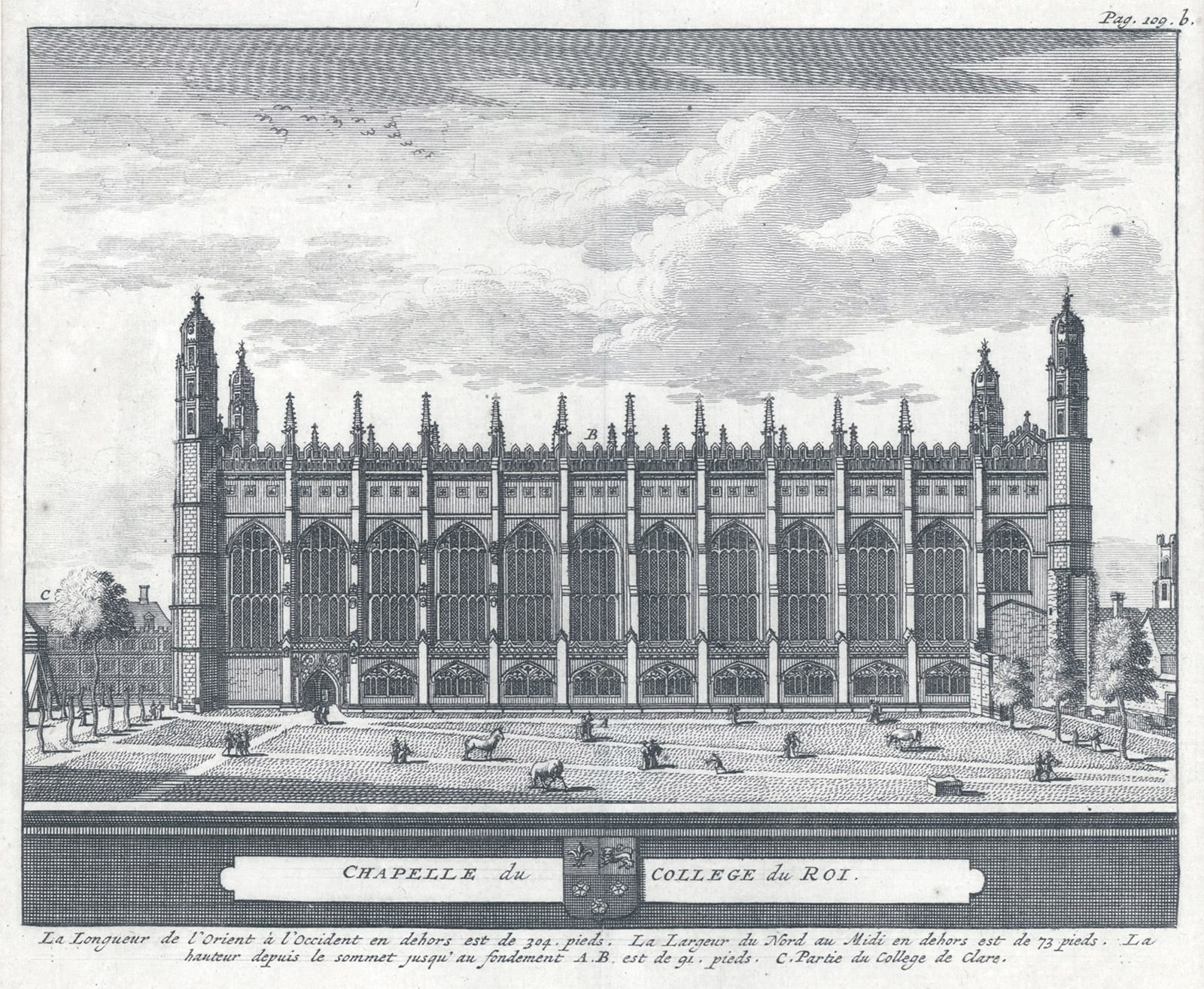
1509
Robert Hacomblen (1455/6–1528) was appointed Provost. He composed music, including Salve Regina (a 5-part motet) which was printed in the Eton Choirbook.
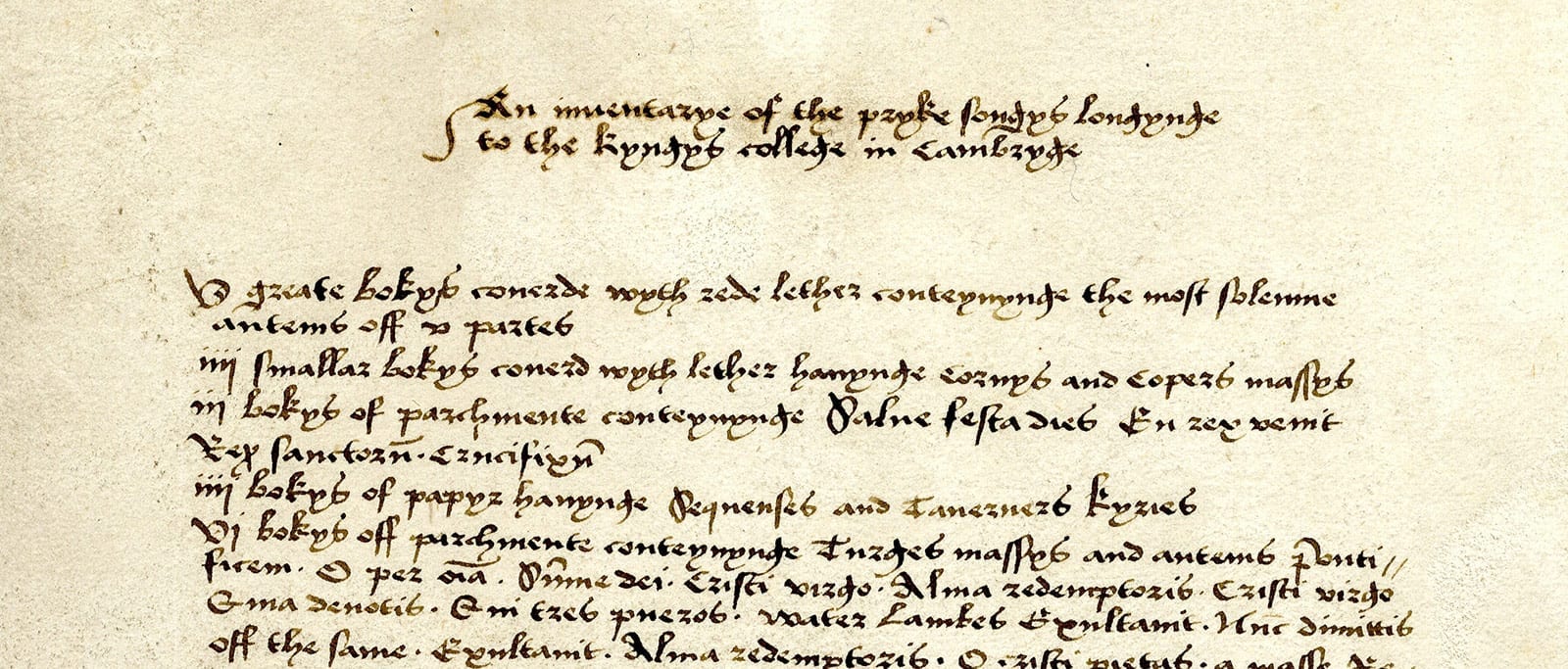
1532
College accounts list major repairs to the choristers’ room, St Austin’s Hostel, and Tye’s house.
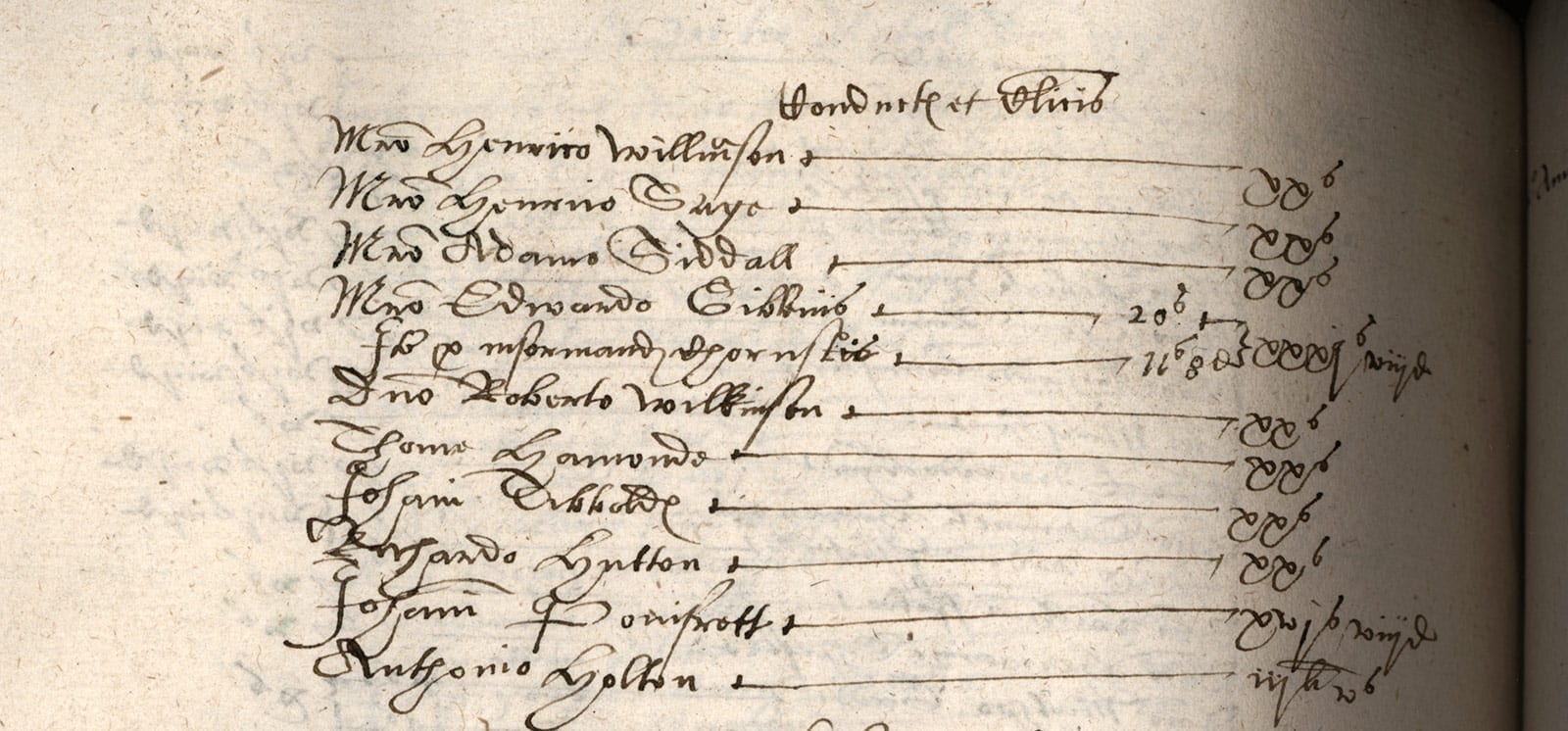
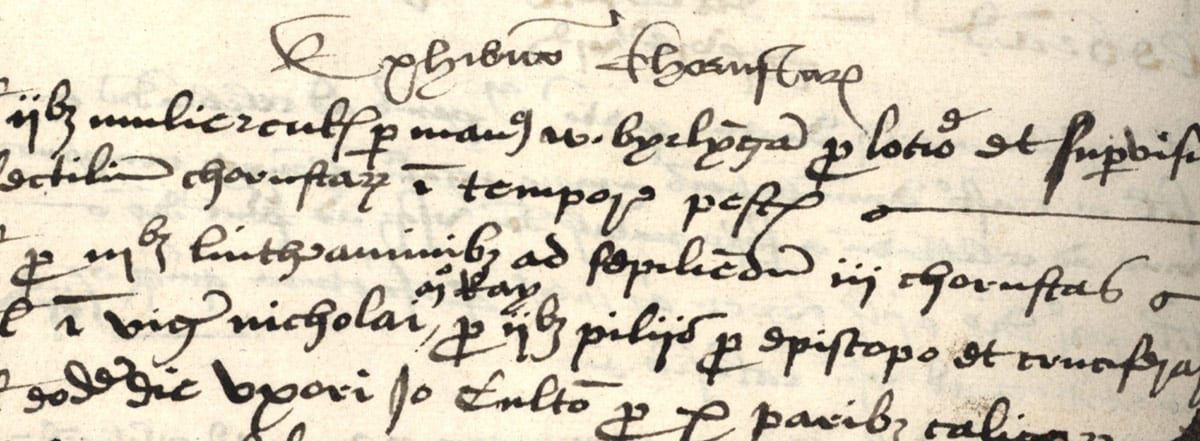
1532
College accounts describe that during a plague three Choristers died. They strongly suggest that the Choristers’ set had been in Tye’s house, but a new room or rooms was being built for them in St Austin’s Hostel, south of St Austin’s Lane.
1550
Choir disbanded under edict from the Protestant king, Edward VI and reconstituted during the reign of Catholic Queen Mary (1553-58), and continued to thrive under Elizabeth I (1558-1603), for whom the choristers performed in Chapel in 1565.
Originally the choristers appear to have been local Cambridgeshire lads, either the sons of College servants or of those working elsewhere in the University, or of the lay clerks of the Chapel. By the time of Elizabeth I’s rule, they were drawn from across southern England, with three Devon-born boys recorded as having sung for the Queen herself.
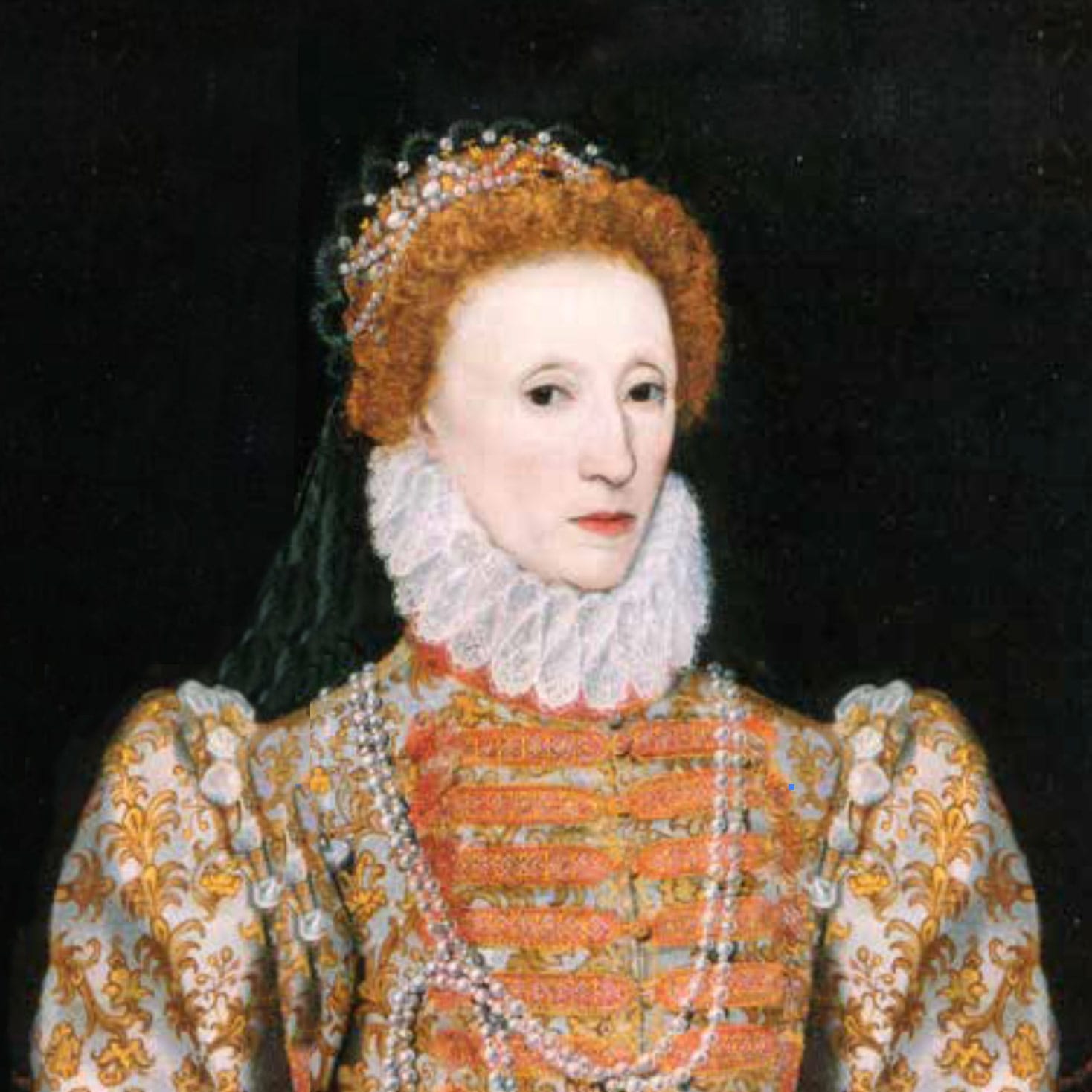
1565
Visit of Elizabeth I; school room used as the buttery on the occasion of her visit.
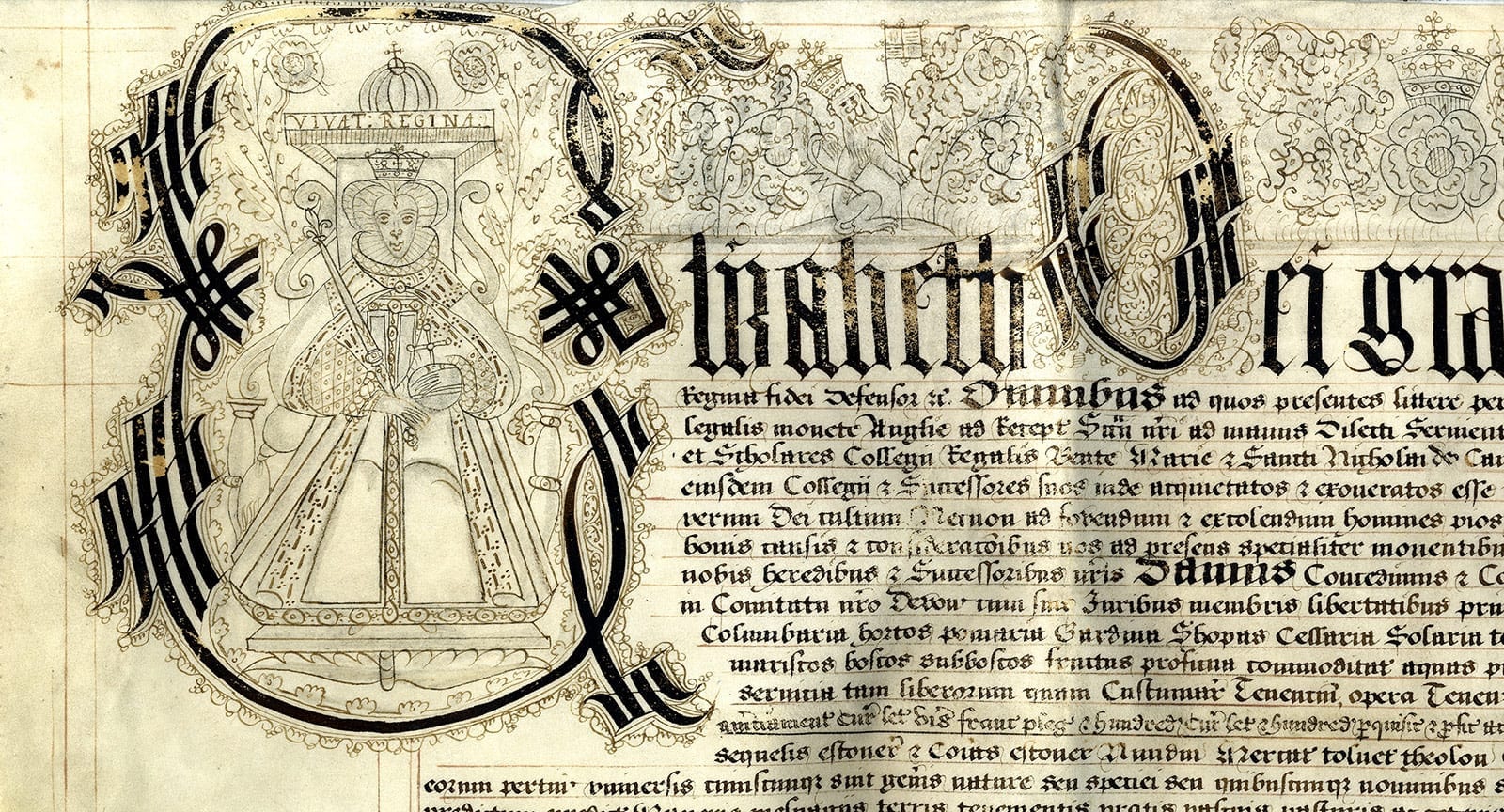
1596
Twelve year-old Orlando Gibbons entered the Choir as a Chorister. In 1598, he entered the University and gained the degree of Bachelor of Music in 1606. At the age of 21, he was appointed as ‘gentleman’ and Organist of the Chapel Royal by James I.
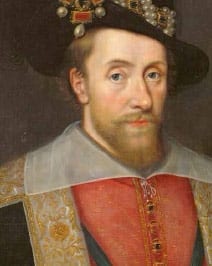
1646
The Commonwealth Period forbade the recruitment of new Choristers, in line with the puritan stance it took against music as part of church services. The organ was dismantled and each time a boy’s voice broke, he was not replaced; by around 1650 only one chorister and five layclerks remained. Sung services were completely suppressed from 1652 to 1660, although the Organist and Master, Henry Loosemore continued to draw his salary from the College.
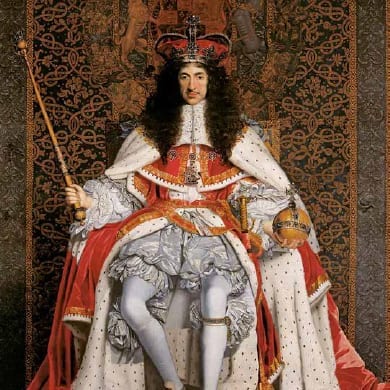
1660
The Restoration – ten new choristers were immediately elected to the Choir. By 1666, the full number of sixteen was attained. The School admitted non-singing boys soon afterwards.
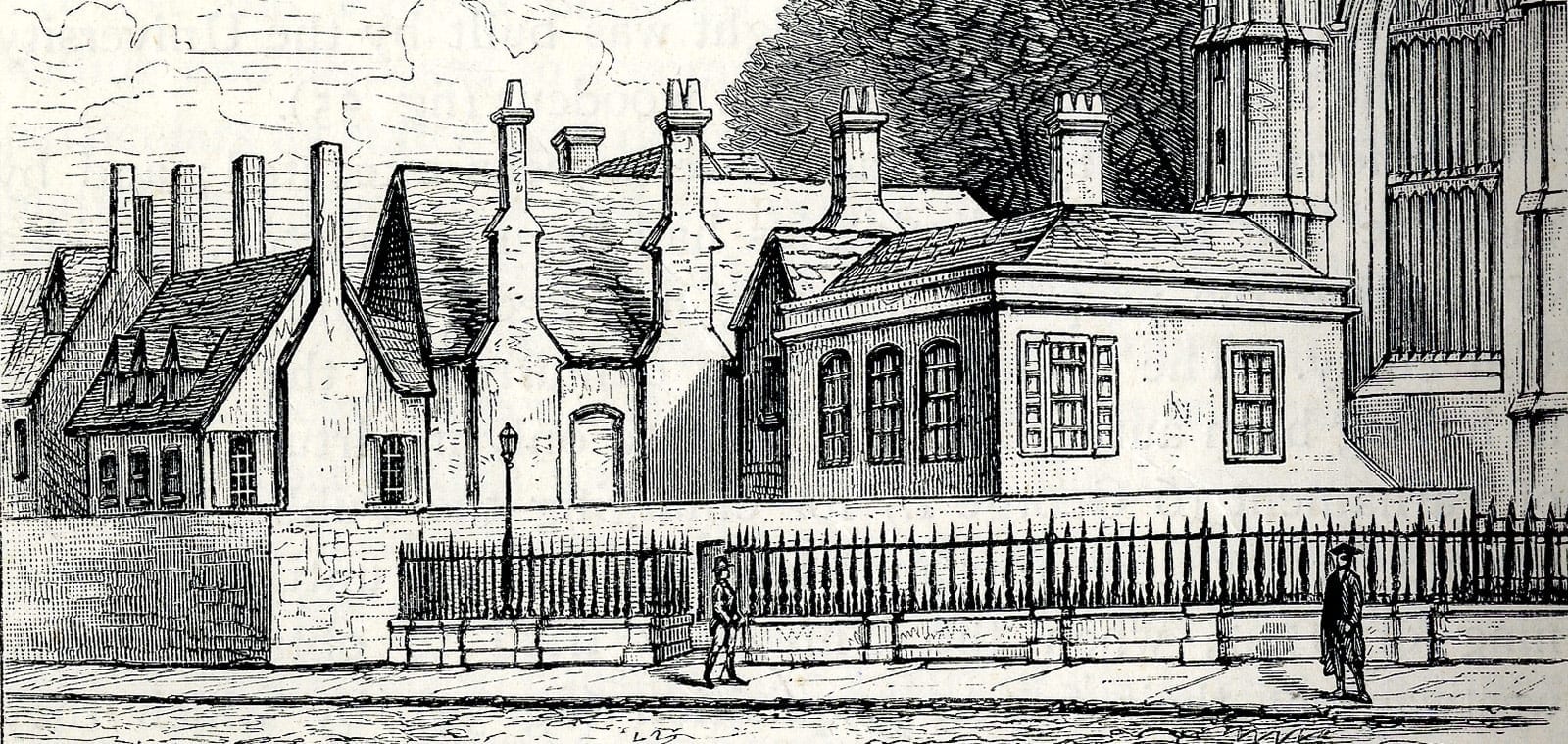
1693
Completion of brick building located in a building to the south-east of the chapel, next to King’s Parade. Choristers’ school, offices for the Provost’s Lodge, four sets of chambers for fellow commoners, and garrets above for sizars.
1724
Thomas Tudway (c 1656–1726), organist of King’s from 1670 composed an anthem for the laying of the foundation stone for the Gibbs Building.
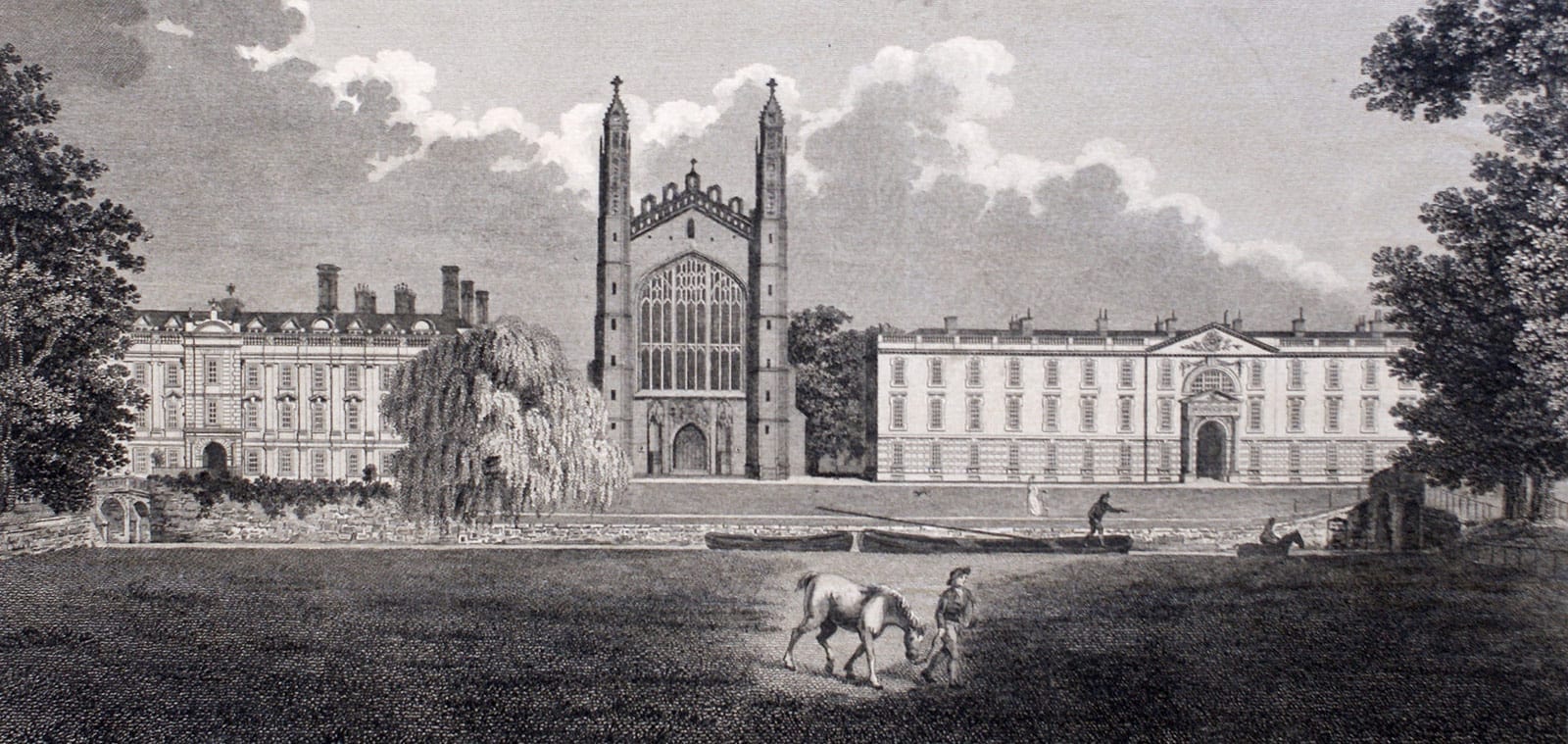
1820’s-30’s
Charles Darwin took such intense pleasure in listening to the anthem on weekdays that he sometimes hired the King’s Choristers to sing in his rooms at Christ’s College.
18th and 19th centuries – the quality of the Choir declined, and although the School never closed down, the Brick Building was appropriated to become part of the Provost’s Lodge some time before 1828 and the Choristers had to move out to temporary accommodation.
1828
Wilkins building on the south-side of the court opposite the chapel was opened and the school was housed in rooms within it.
1843
Visit of Victoria and Albert
1856
Act of Parliament enabled the Cambridge colleges to rewrite their statutes. At King’s, the new regulations regarding the Choir stipulated that Choristers were to receive instrumental instruction from the Organist. Financial assistance and bursaries were also to be provided for former Choristers who elected to continue their education.
1870’s
‘Changes necessary to ensure a satisfactory choral service in the Chapel’ recommends building a house for ‘boarding and lodging of choristers under proper supervision’.
1875
Non-local boys allowed to be elected to the Choir
1876
Arthur Henry ‘Daddy’ Mann was appointed Organist (Choir Director).
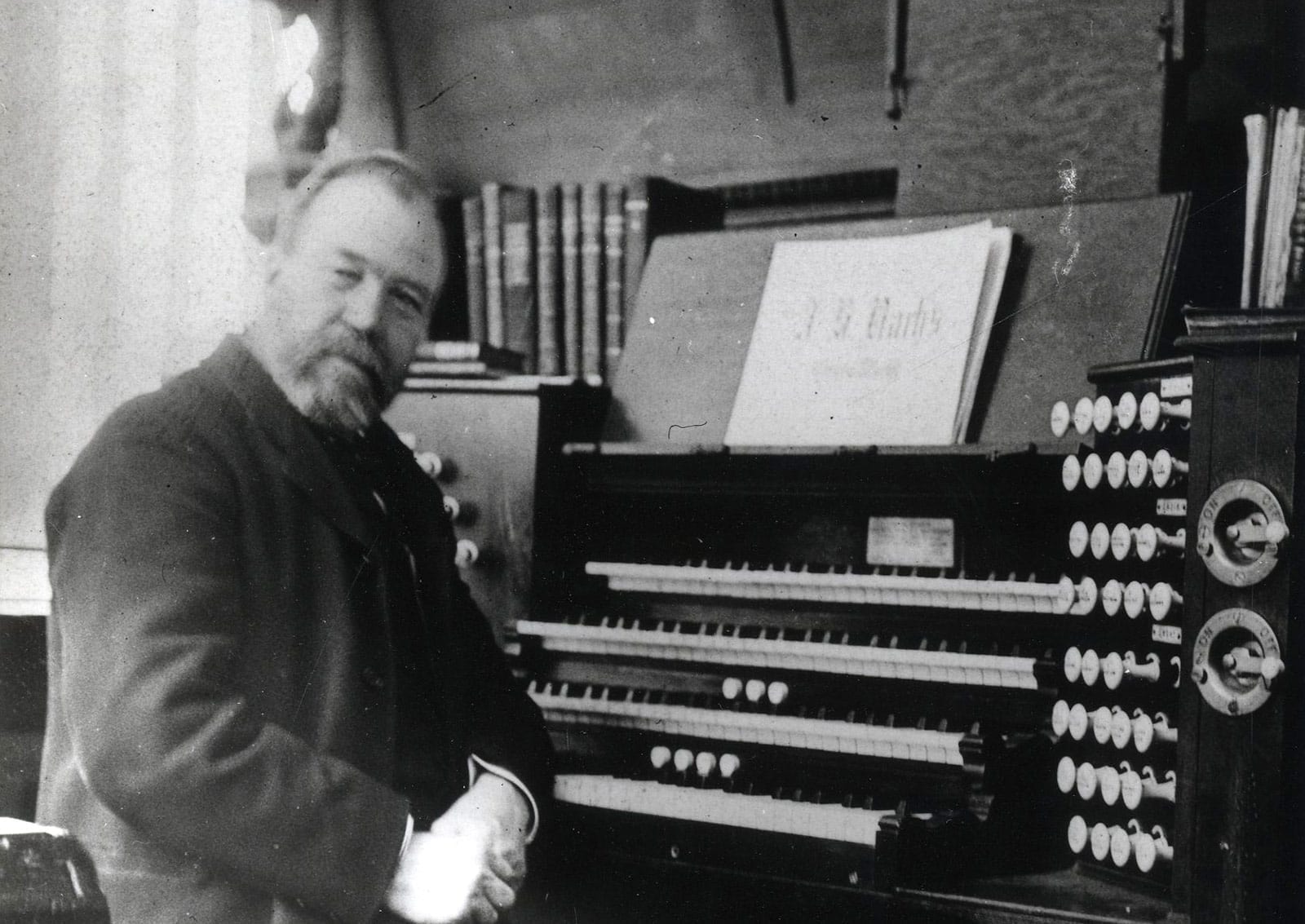
1876
The school opened towards the end of 1876 in a hired house, 5 Pemberton Terrace, with three boys, all Choristers, under the charge of H.T. Biscoe, one of the chaplains of the College. In the autumn of 1878 it was removed to a new school house built in the paddocks beyond the Fellows’ Garden, and placed under a new Headmaster, V.C.R. Reynell.
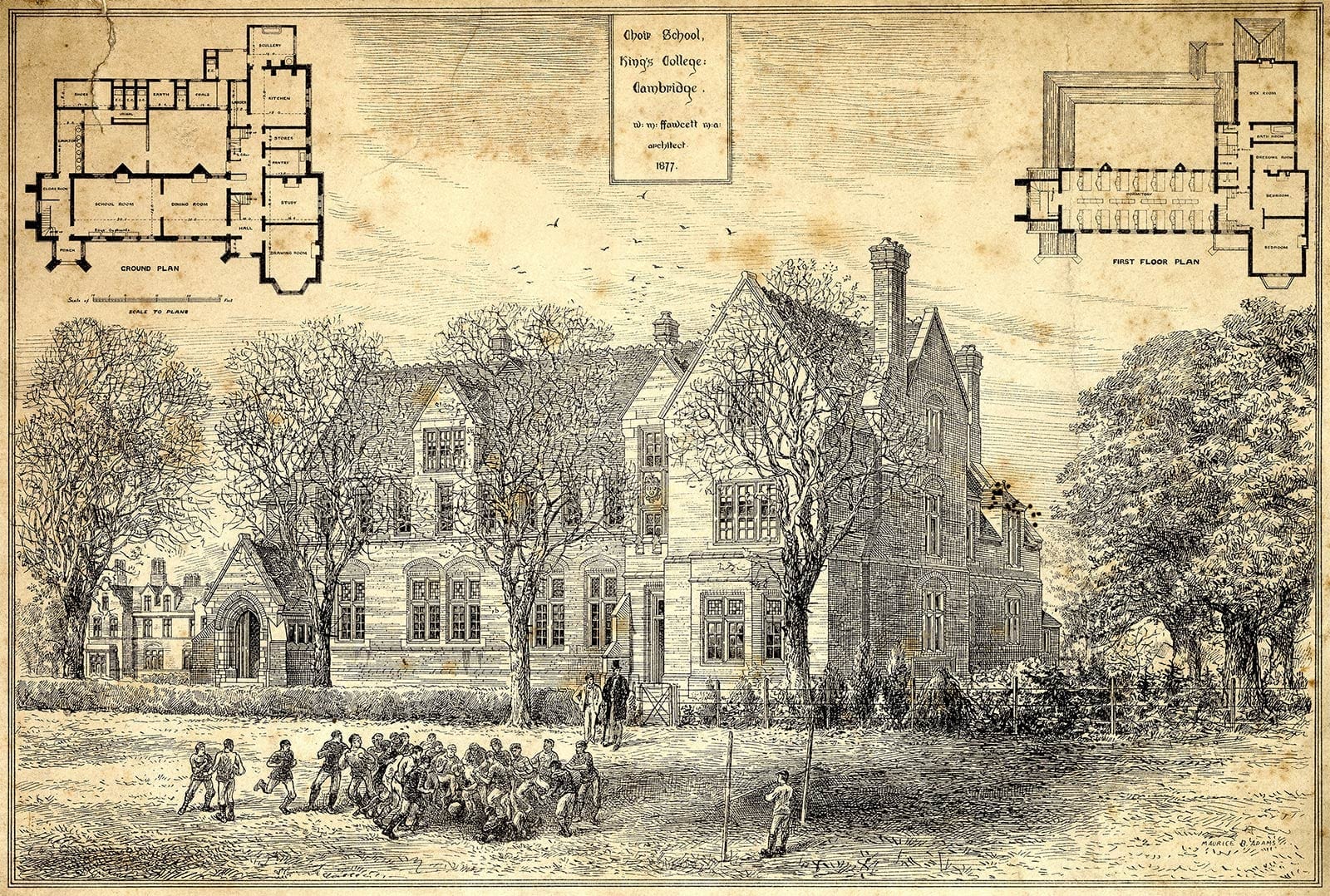
1878
School opened on the current site in West Road and by 1880 all 16 Choristers were boarders, and there were also 8 non-Chorister day pupils, a number that would gradually increase over the coming decades.
A new set of rules was drawn up which forbade the Choristers from visiting the rooms of undergraduates or receiving presents from members of the University. There were no school uniforms, but Choristers were required
to wear an Eton suit, top hat and Eton collar going to and coming from Chapel. This remains the custom today.
1884
First annual photograph
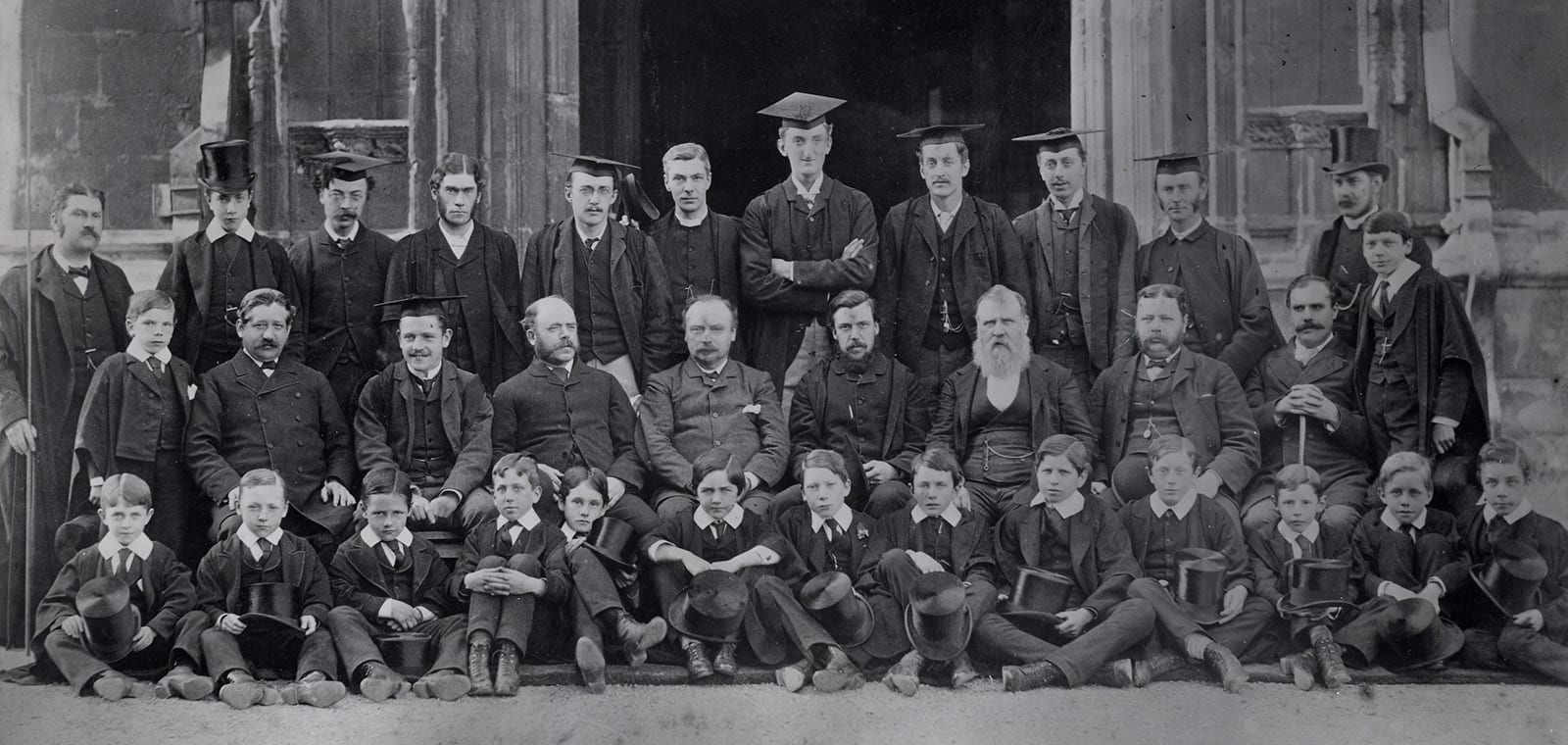
1895
Annual photograph shows M.R. James whose Christmas- time ghost stories to the choristers became well-known, and Clive Carey, who became Director at Sadler’s Wells, then Professor of Singing and Director of the Opera School at the Royal College of Music, where Joan Sutherland was one of his pupils.
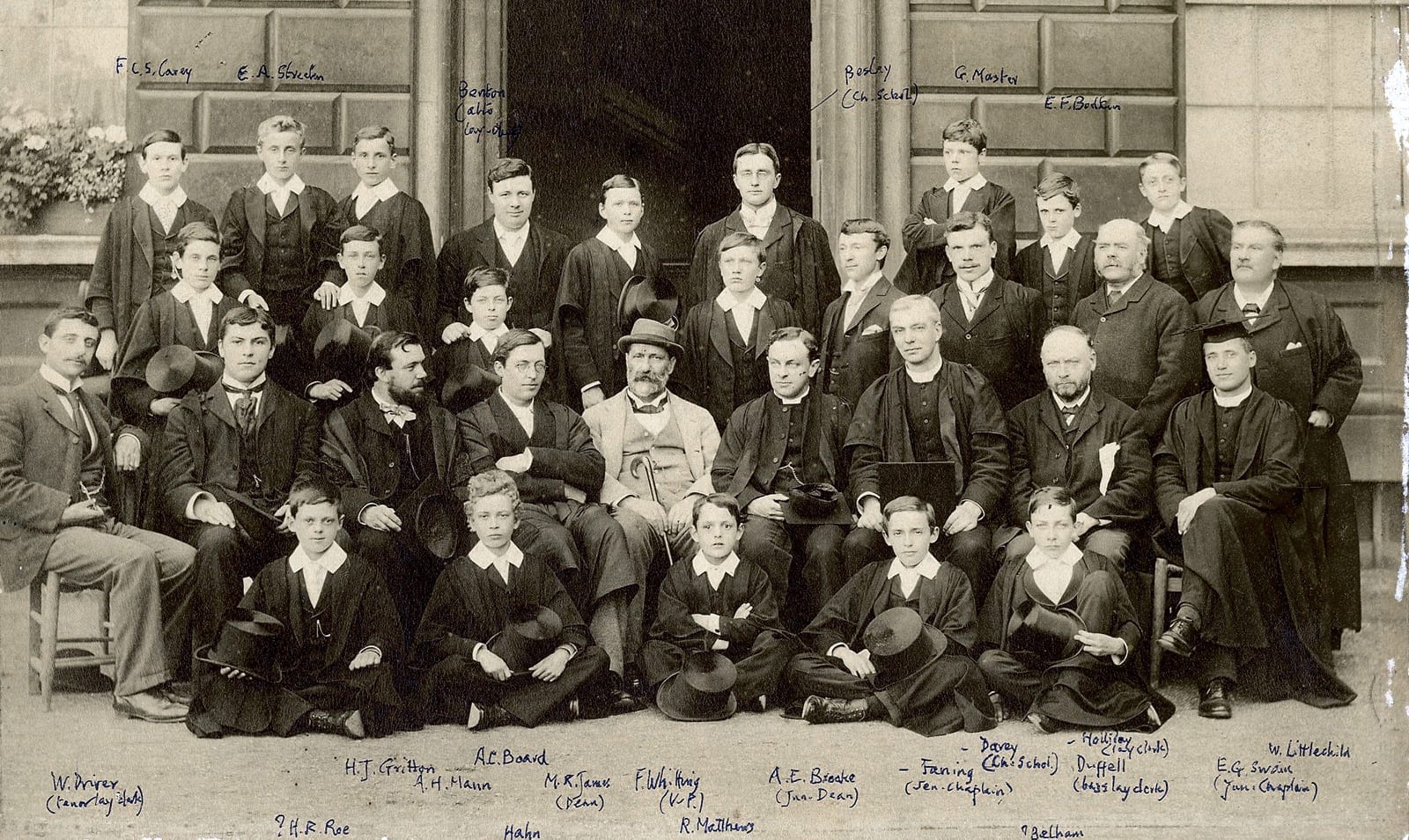
1907
The Choir School was first connected to West Road.
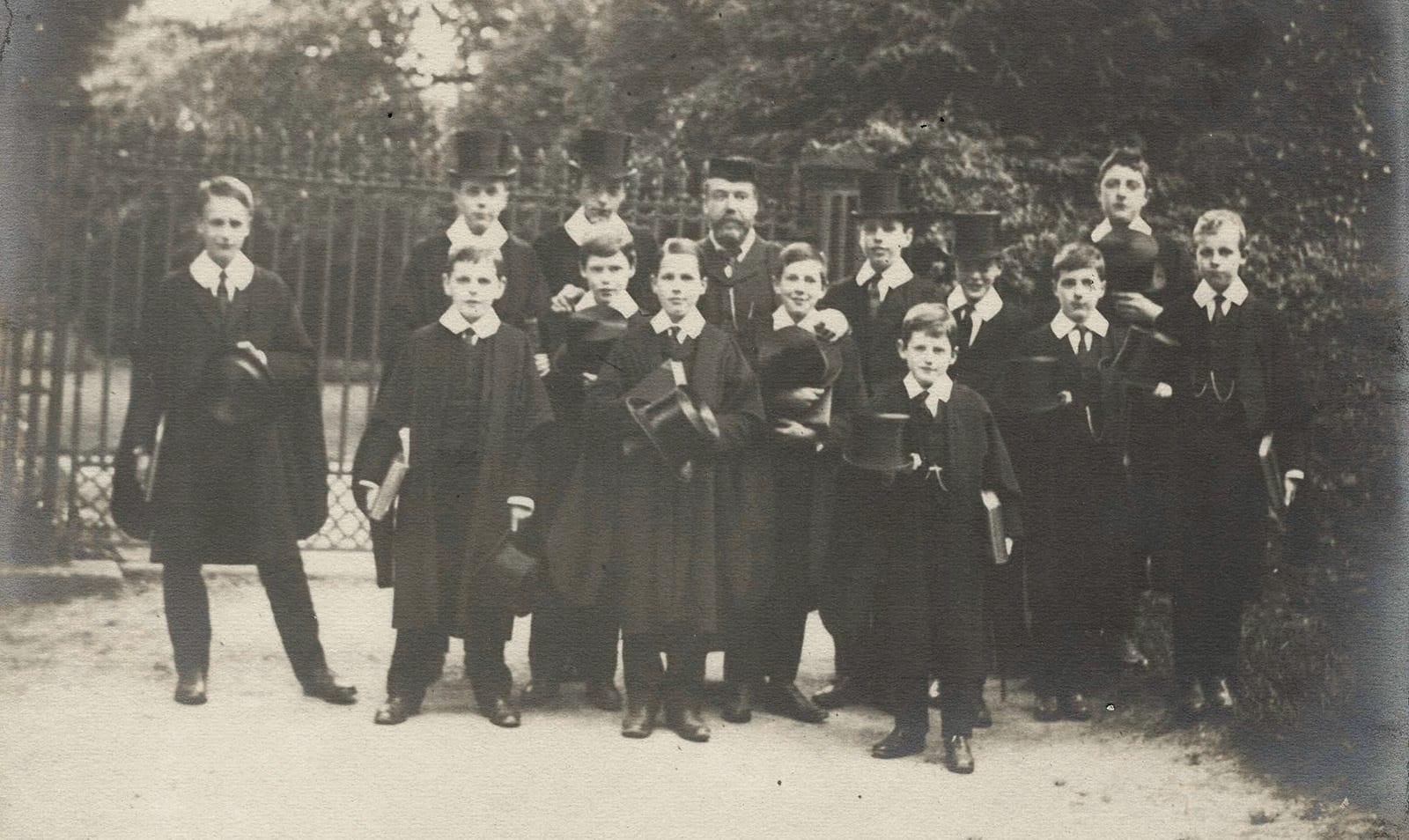
1918
Eric Milner-White designed a new service for Chapel
– Festival of Nine Lessons and Carols on Christmas Eve.
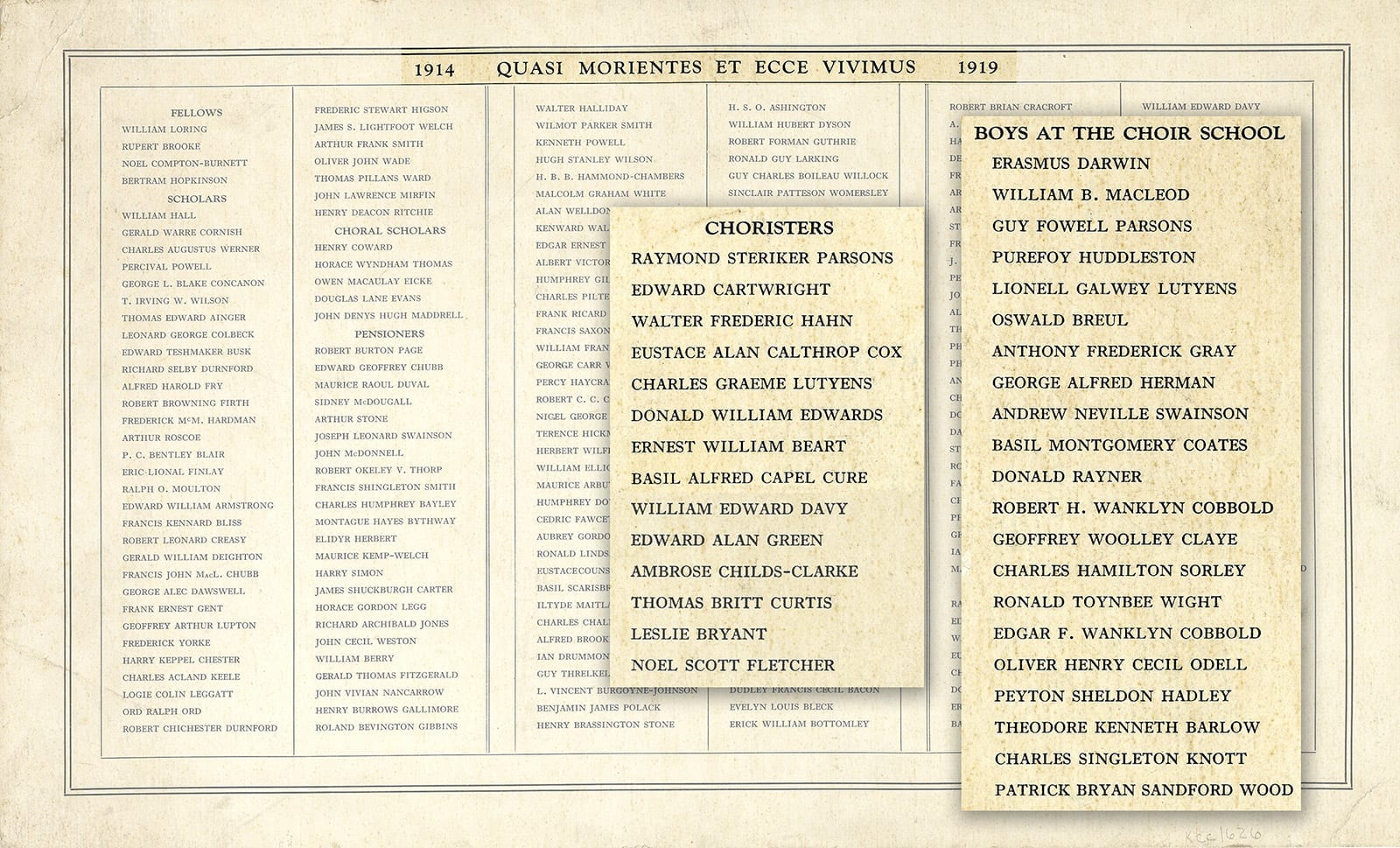
1928
First radio broadcast Festival of Nine Lessons and Carols
1931
The Festival of Nine Lessons and Carols has been broadcast annually.
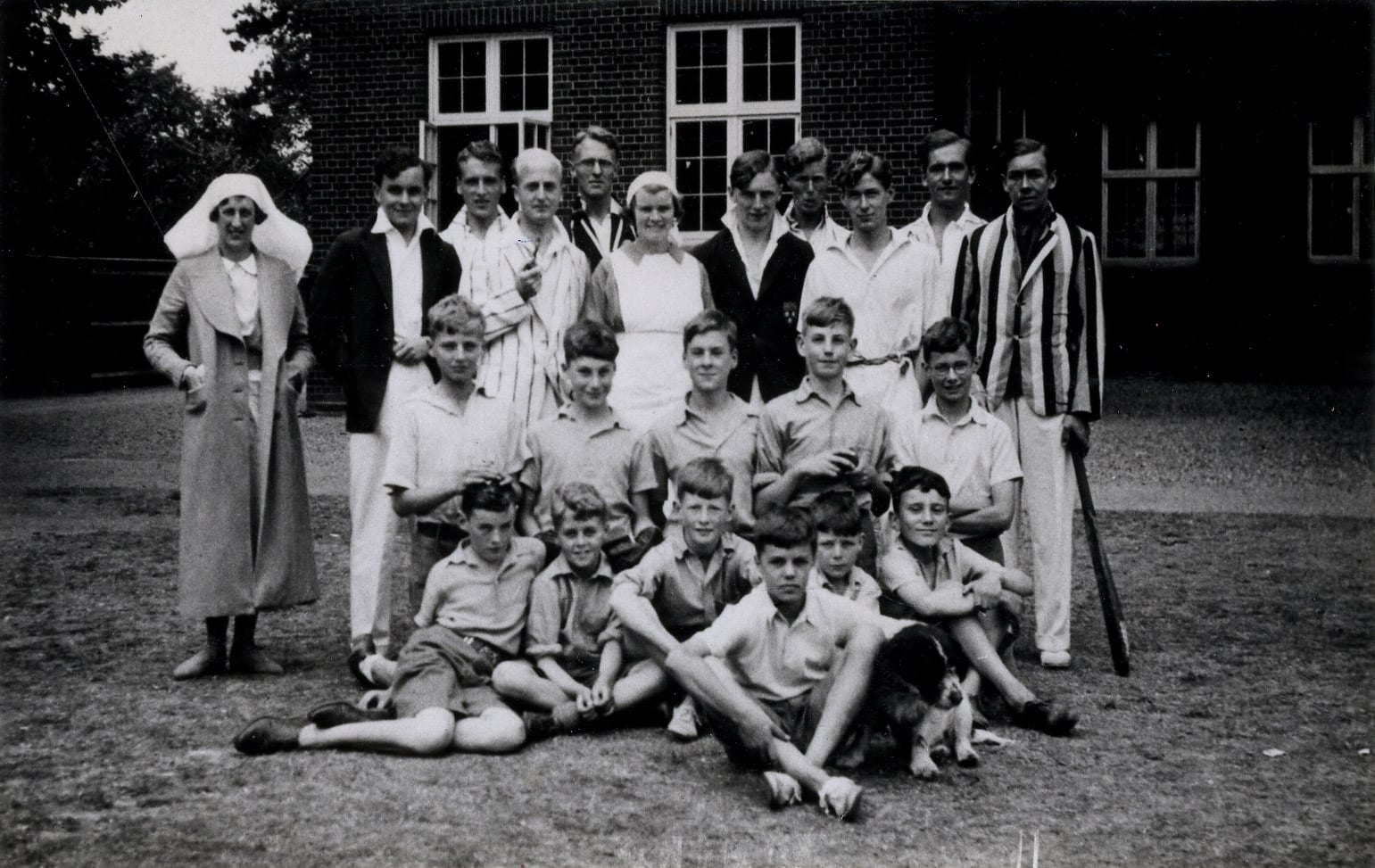
1952
Purchase of St Martin’s, Grange Road for the choir school
1976
Girls admitted to the school, and as the school expanded, a Pre-Preparatory Department was opened.
1978
Festival of Nine Lessons and Carols broadcast to every nation
2018
100th Anniversary of the Festival of Nine Lessons and Carols; BBC TV production telling history
2020
Introduction of Girls’ Boarding and Schola Cantorum
– Girls’ Choral Training programme.
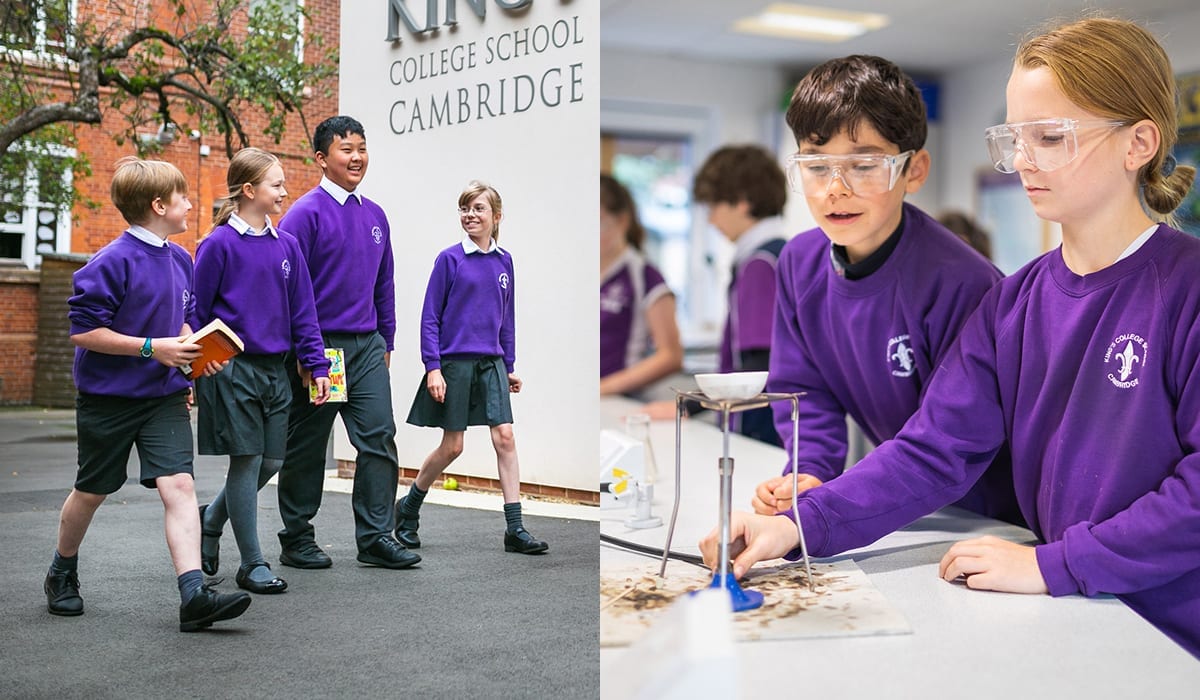
History of the School
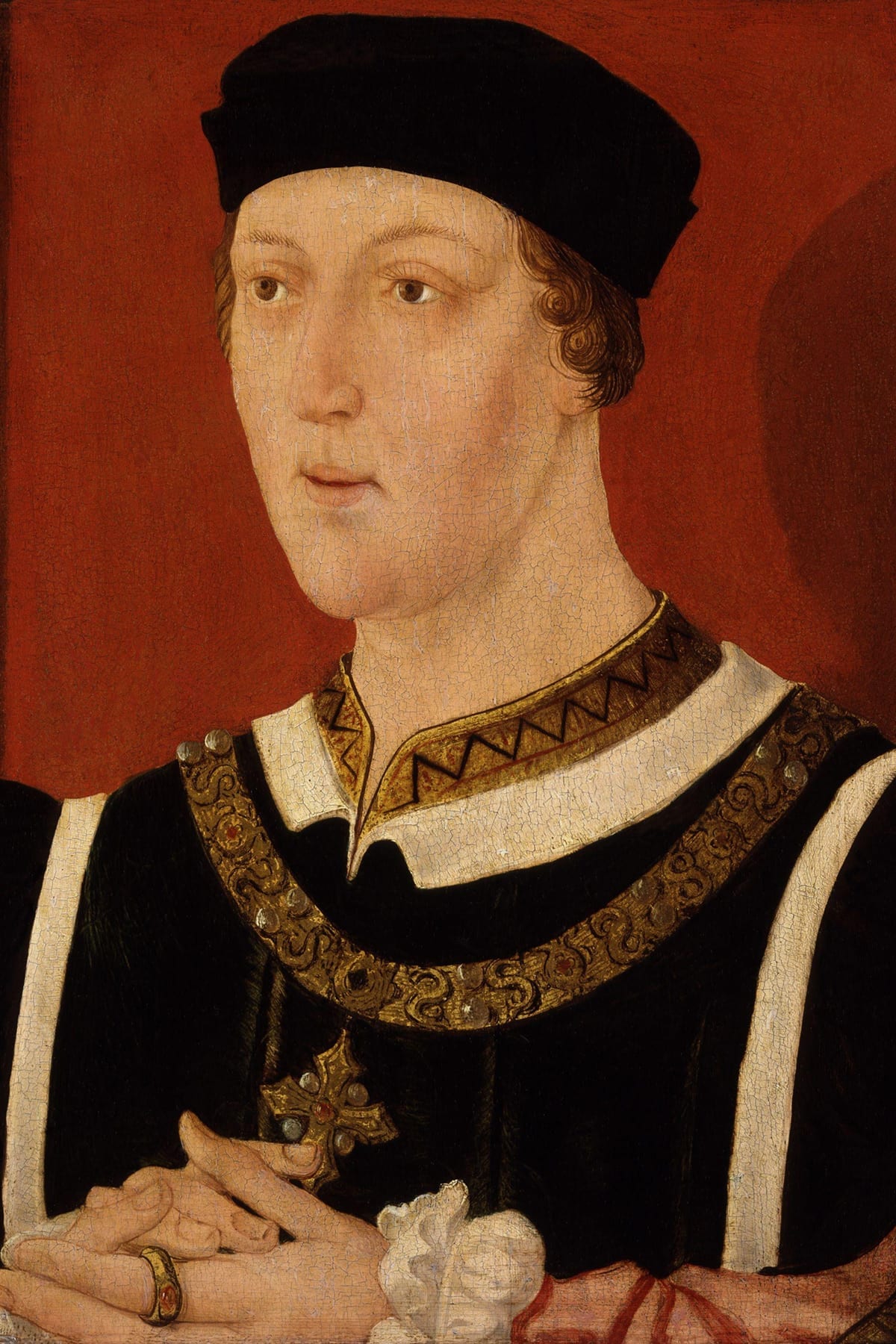
The nineteen year old Henry VI founded King’s College, Cambridge and its choir school in 1441. College records reveal that there were already sixteen choristers in residence by 1447, one of whom, Thomas Roke, left on a scholarship to the sister college of Eton that year.
The statutes of 1453 laid down that these sixteen choristers were to be ‘poor and needy boys, of sound condition and honest conversation, being ascertainable under the age of twelve years, knowing how to read and sing’. Their duty was to ‘assist daily the priest …. celebrating in the chapel …. and also in the hall to assist the other servants of the King’s College by humbly and honestly ministering and serving the said fellows at table.’
Although the intention was for choristers to reside in College, by the late sixteenth century there is evidence that many, if not all, of the choristers resided with lay clerks, fellows, friends or relatives in nearby houses. Their education was to be received from the Master of the Choristers, normally one of the clerks, or a junior fellow. Where the schooling took place is rarely clear, although in the late 17th century a brick house just outside the present porter’s lodge served this function.
Only a handful of non-chorister pupils were enrolled, one of whom was James Essex, a noted 18th century architect.
Boarding
In 1878 the school was reconstituted as a boarding preparatory school, and moved to its present West Road site. Since that time all choristers have been required to board. The number of Probationers (junior choristers who act as reserves) has progressively increased to the number to the present total of 10, and the admission of large numbers of non-chorister boarders and day pupils has swollen the school numbers to 40 in 1911, 80 in 1939, 130 in 1959 and 188 in 1970.
Girls were first admitted in 1976 and a pre-preparatory department was opened in St. Martin’s, a Victorian building acquired in 1952. As a result, the school roll had reached almost 300 by 1992.
Present Day
King’s offers weekly, flexi and occasional boarding for boys and girls and has also seen the introduction of Schola Cantorum, a small auditioned chamber choir for girls in Years 4-8, which rehearses several times each week. In time, following their initial training, it is envisaged that the Schola Cantorum may sing services once a week in a local Chapel or Church, as well as performing in concerts and recitals.
Today, the school roll averages approximately 400 pupils.
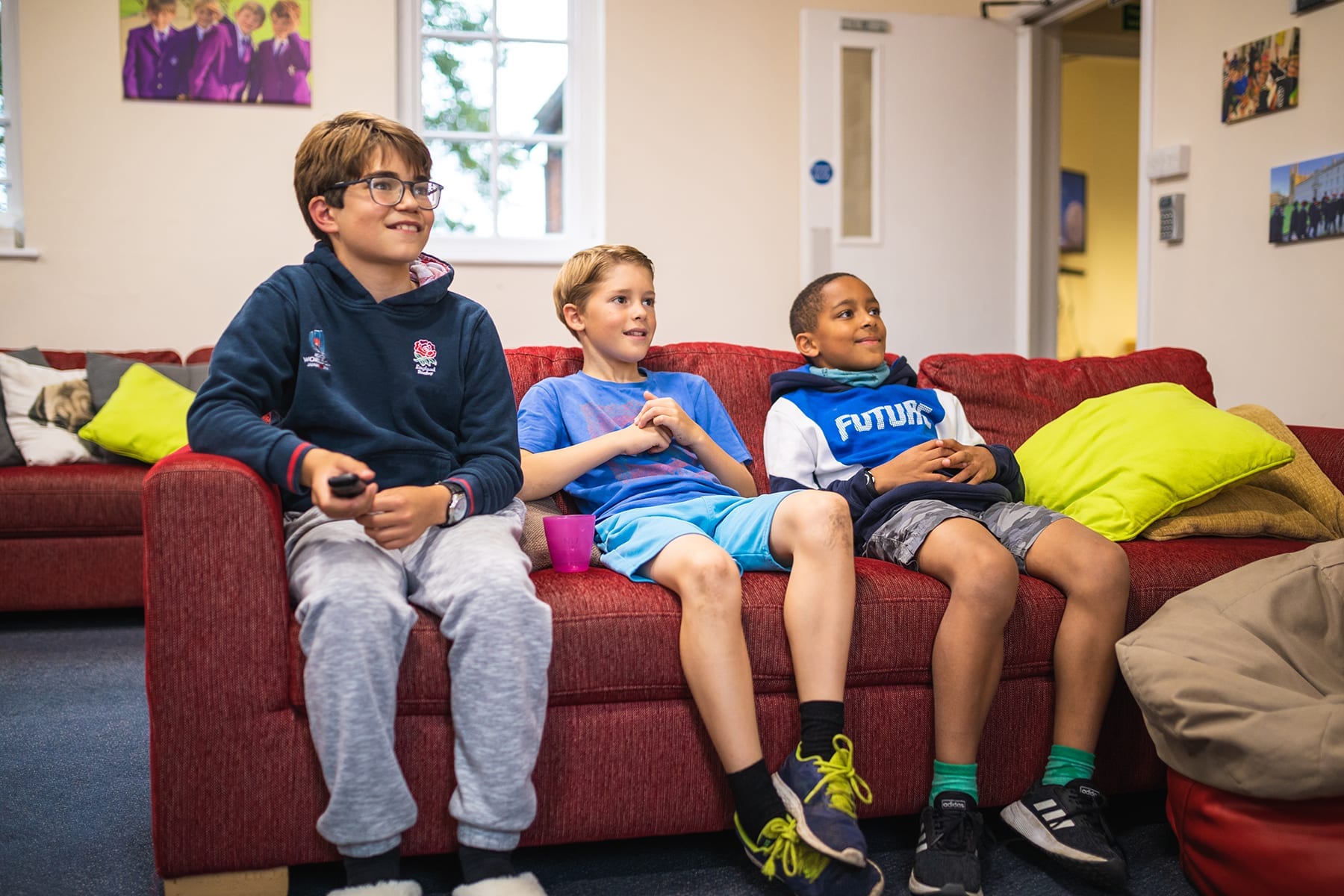
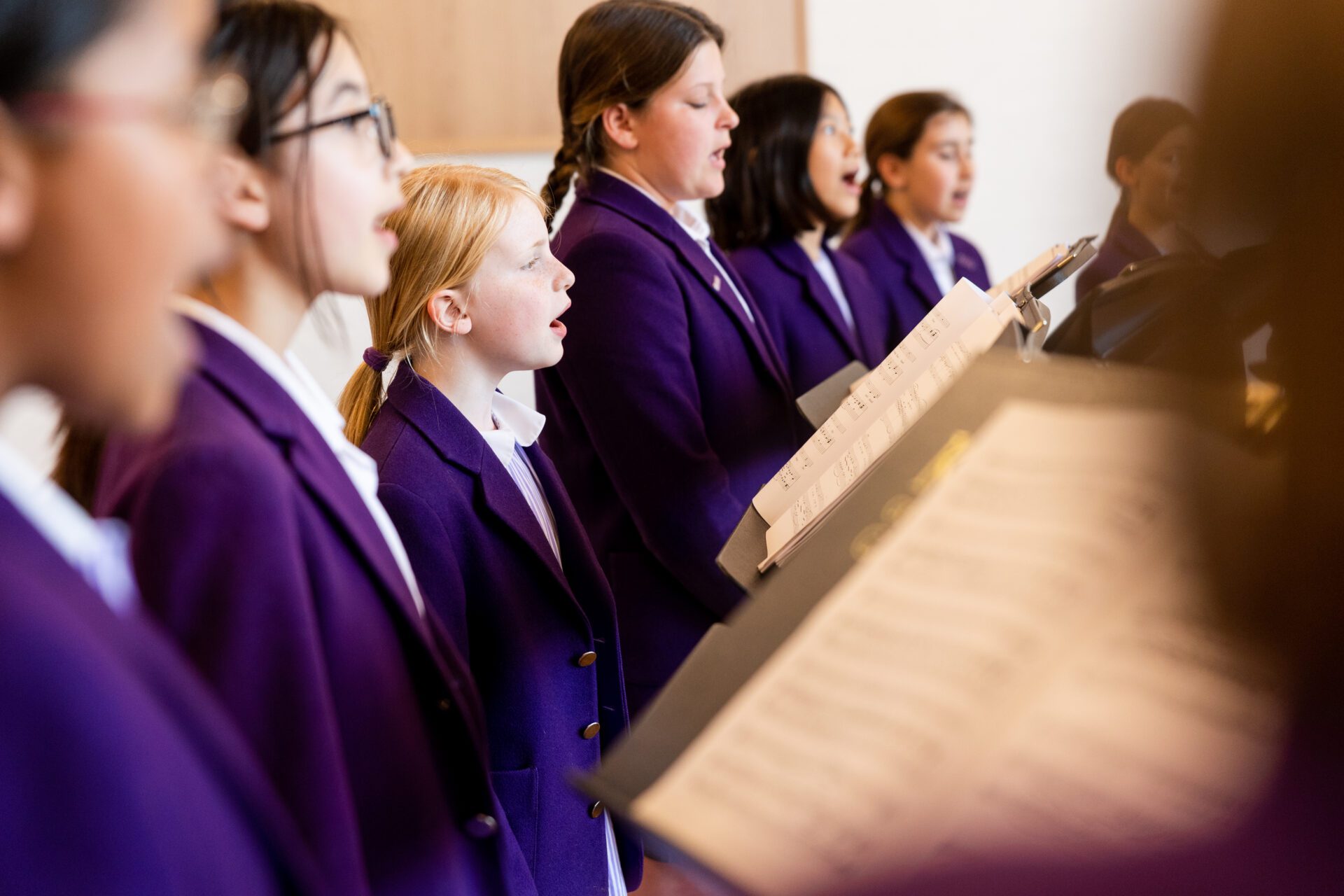
“Thank you to you and the team at King’s for giving my children support over the years. They have changed in many ways and are growing into inquisitive and hard-working people.”
Rose Jiang, King’s Parent
Contact Us
For further information about King’s College School, please contact us.
